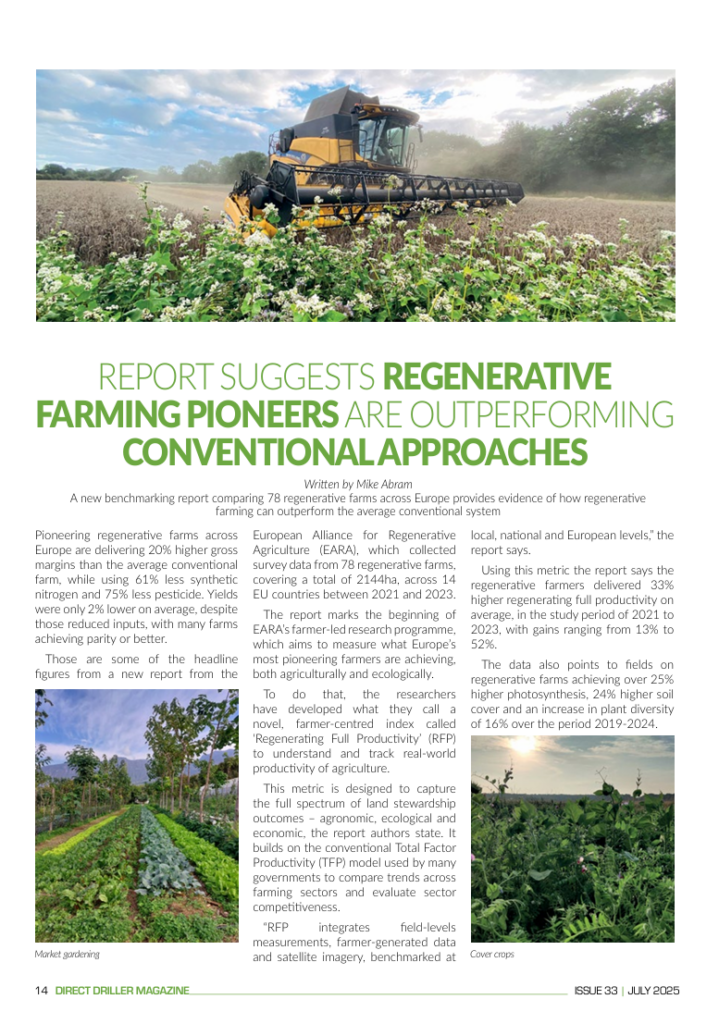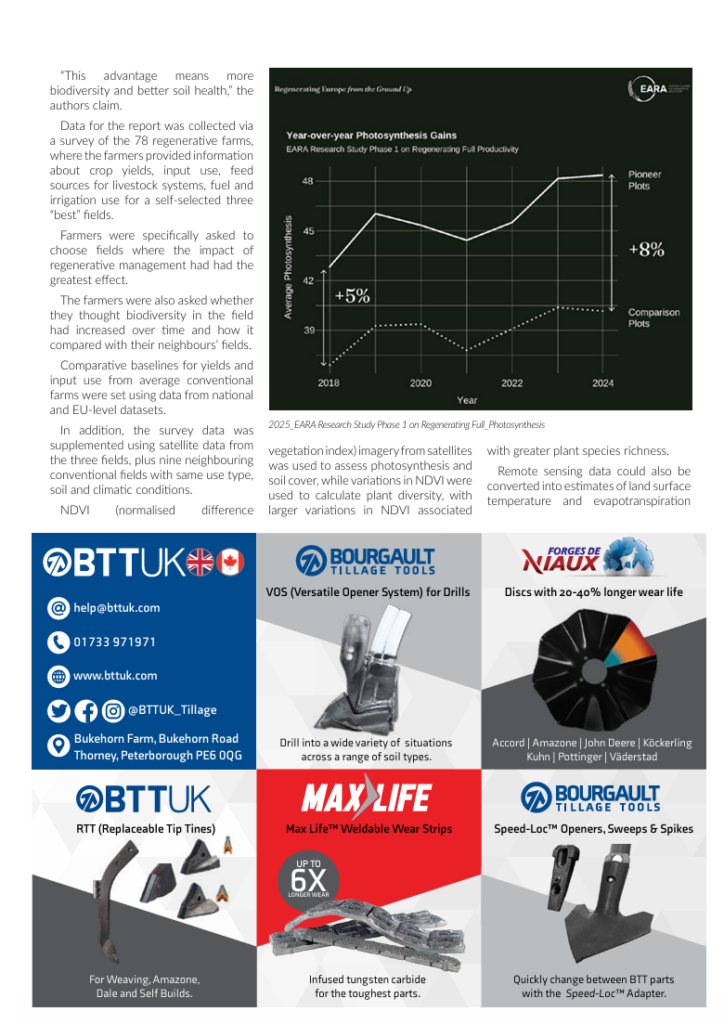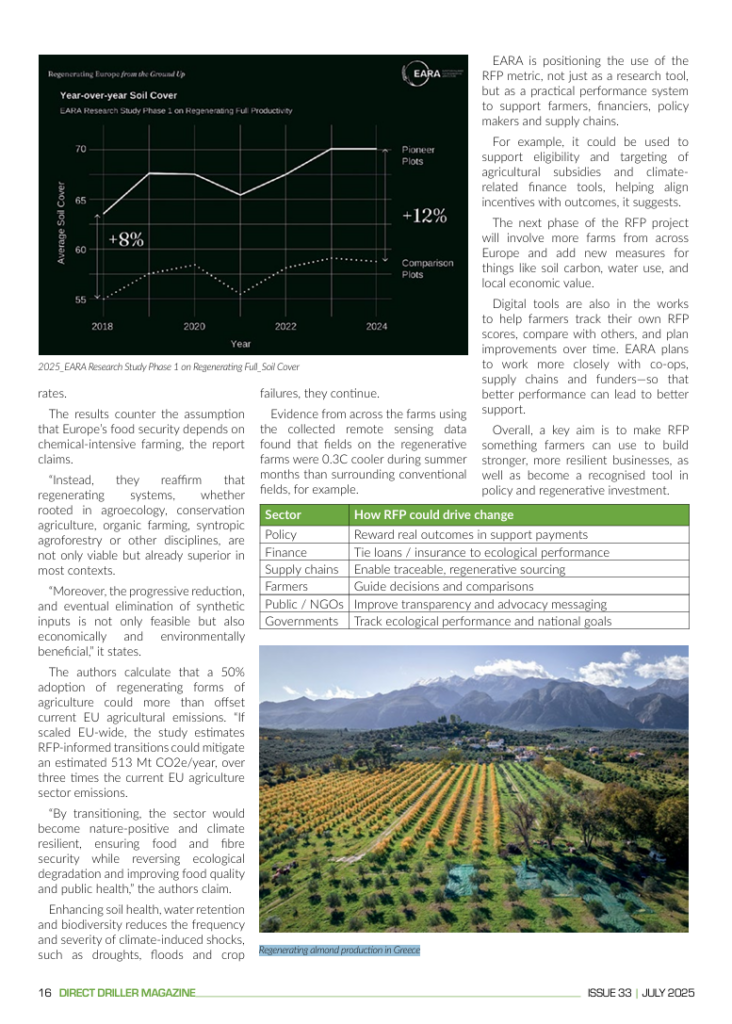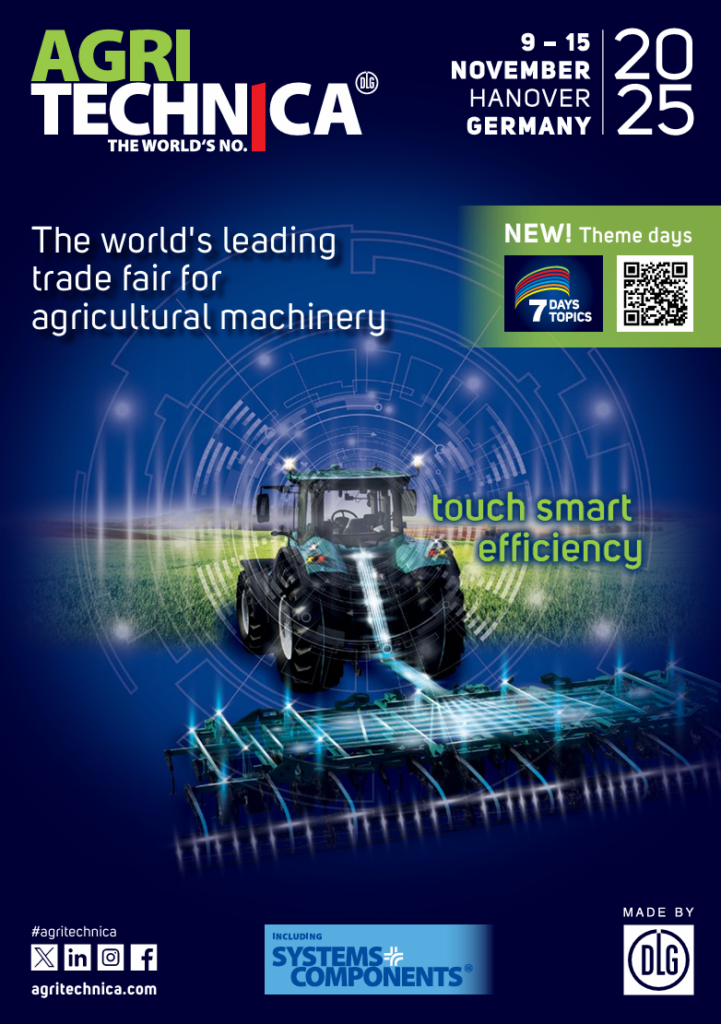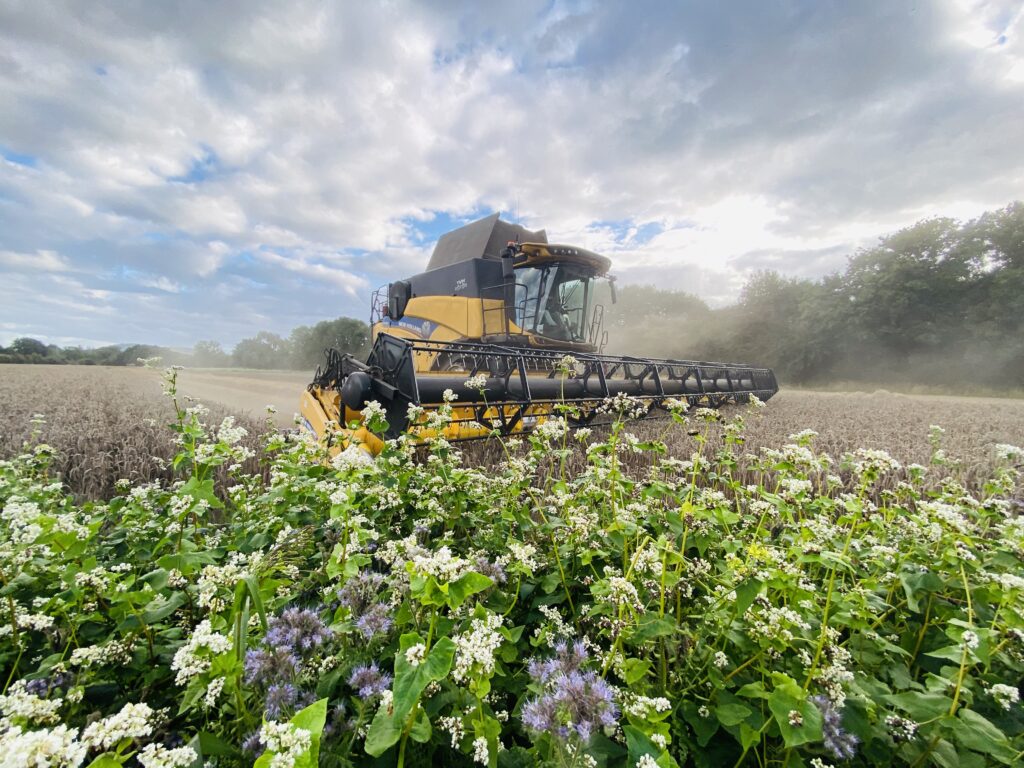A new benchmarking report comparing 78 regenerative farms across Europe provides evidence of how regenerative farming can outperform the average conventional system
Written by Mike Abram
Pioneering regenerative farms across Europe are delivering 20% higher gross margins than the average conventional farm, while using 61% less synthetic nitrogen and 75% less pesticide. Yields were only 2% lower on average, despite those reduced inputs, with many farms achieving parity or better.
Those are some of the headline figures from a new report from the European Alliance for Regenerative Agriculture (EARA), which collected survey data from 78 regenerative farms, covering a total of 2144ha, across 14 EU countries between 2021 and 2023.
The report marks the beginning of EARA’s farmer-led research programme, which aims to measure what Europe’s most pioneering farmers are achieving, both agriculturally and ecologically.
To do that, the researchers have developed what they call a novel, farmer-centred index called ‘Regenerating Full Productivity’ (RFP) to understand and track real-world productivity of agriculture.
This metric is designed to capture the full spectrum of land stewardship outcomes – agronomic, ecological and economic, the report authors state. It builds on the conventional Total Factor Productivity (TFP) model used by many governments to compare trends across farming sectors and evaluate sector competitiveness.
“RFP integrates field-levels measurements, farmer-generated data and satellite imagery, benchmarked at local, national and European levels,” the report says.
Using this metric the report says the regenerative farmers delivered 33% higher regenerating full productivity on average, in the study period of 2021 to 2023, with gains ranging from 13% to 52%.
The data also points to fields on regenerative farms achieving over 25% higher photosynthesis, 24% higher soil cover and an increase in plant diversity of 16% over the period 2019-2024.
“This advantage means more biodiversity and better soil health,” the authors claim.
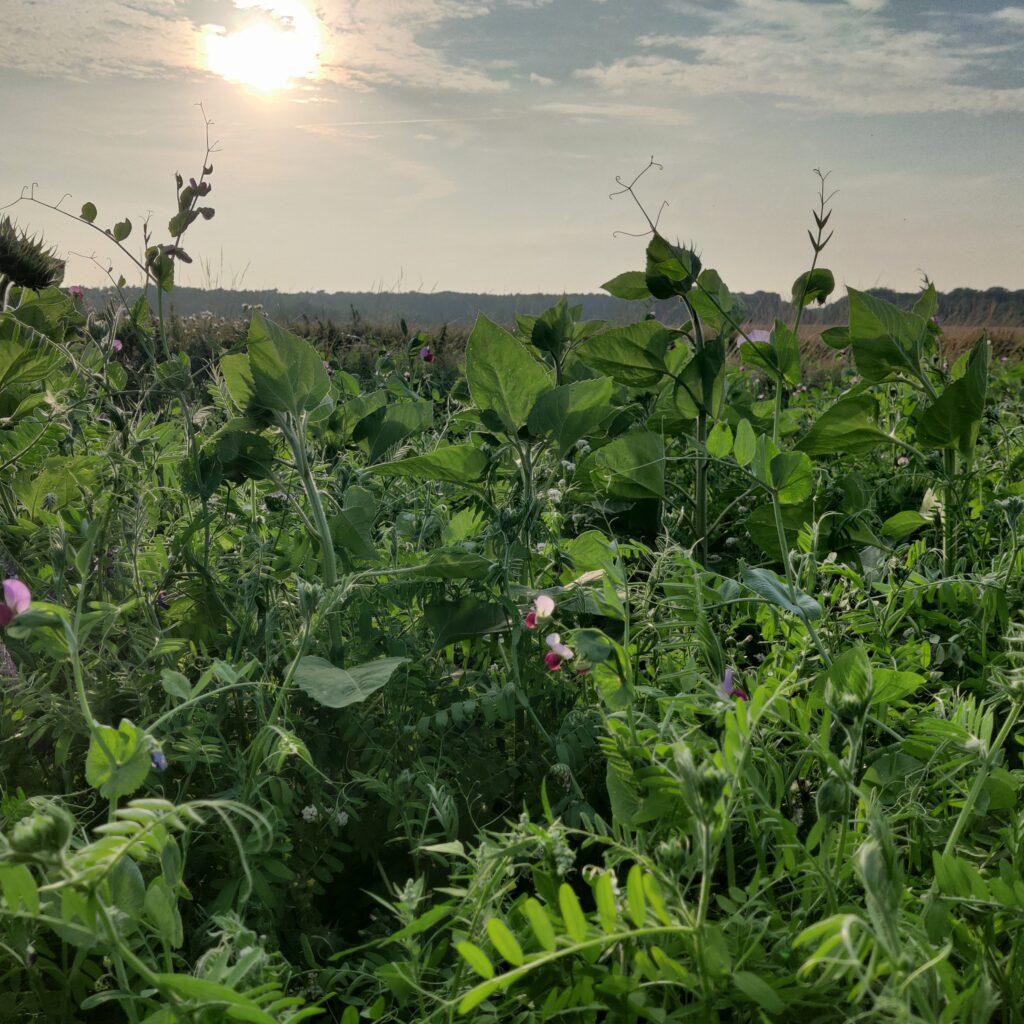
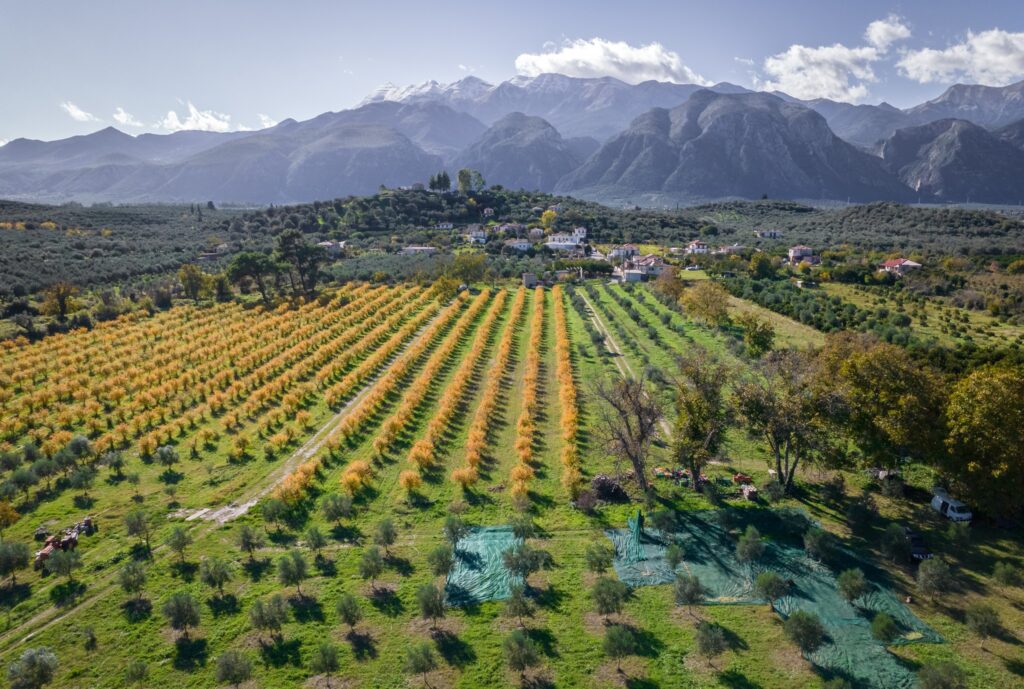
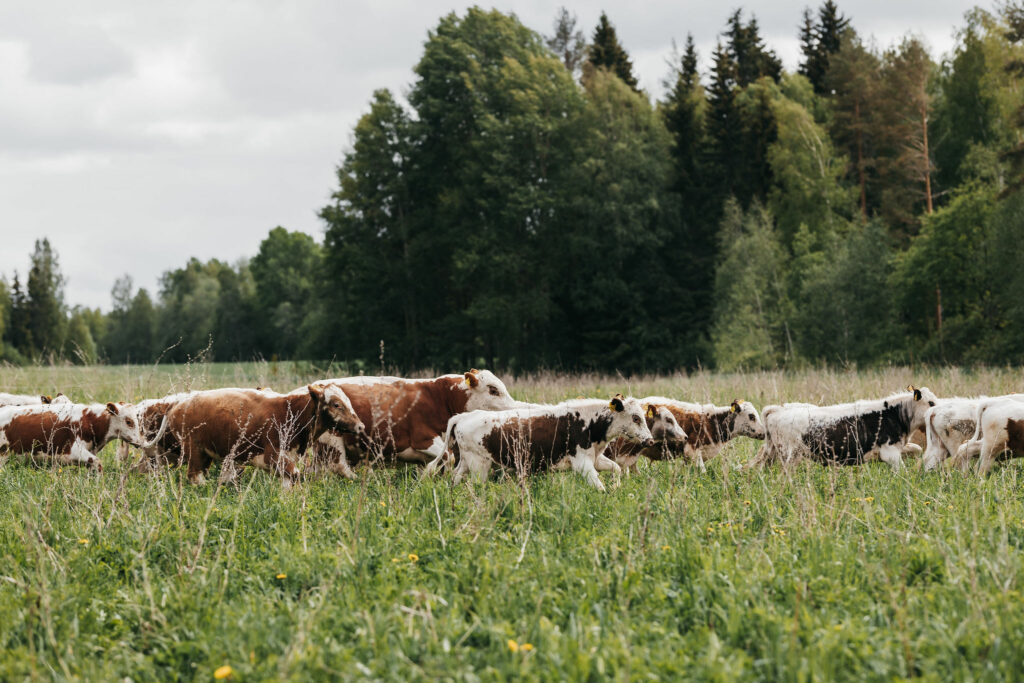
Data for the report was collected via a survey of the 78 regenerative farms, where the farmers provided information about crop yields, input use, feed sources for livestock systems, fuel and irrigation use for a self-selected three “best” fields.
Farmers were specifically asked to choose fields where the impact of regenerative management had had the greatest effect.
The farmers were also asked whether they thought biodiversity in the field had increased over time and how it compared with their neighbours’ fields.
Comparative baselines for yields and input use from average conventional farms were set using data from national and EU-level datasets.
In addition, the survey data was supplemented using satellite data from the three fields, plus nine neighbouring conventional fields with same use type, soil and climatic conditions.
NDVI (normalised difference vegetation index) imagery from satellites was used to assess photosynthesis and soil cover, while variations in NDVI were used to calculate plant diversity, with larger variations in NDVI associated with greater plant species richness.
Remote sensing data could also be converted into estimates of land surface temperature and evapotranspiration rates.
The results counter the assumption that Europe’s food security depends on chemical-intensive farming, the report claims.
“Instead, they reaffirm that regenerating systems, whether rooted in agroecology, conservation agriculture, organic farming, syntropic agroforestry or other disciplines, are not only viable but already superior in most contexts.
“Moreover, the progressive reduction, and eventual elimination of synthetic inputs is not only feasible but also economically and environmentally beneficial,” it states.
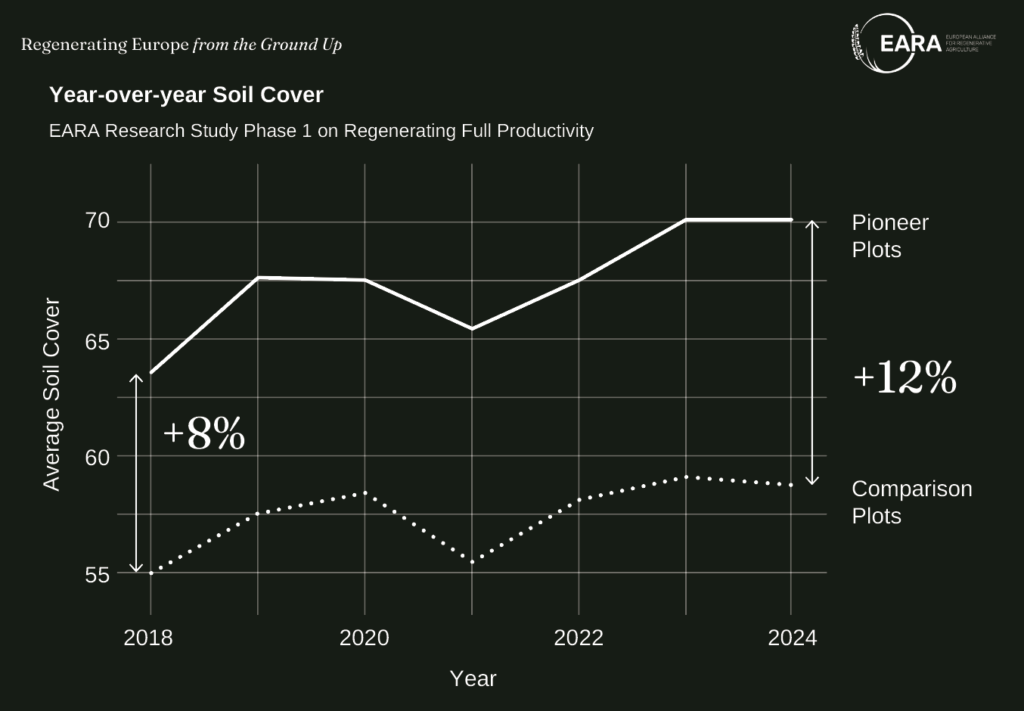
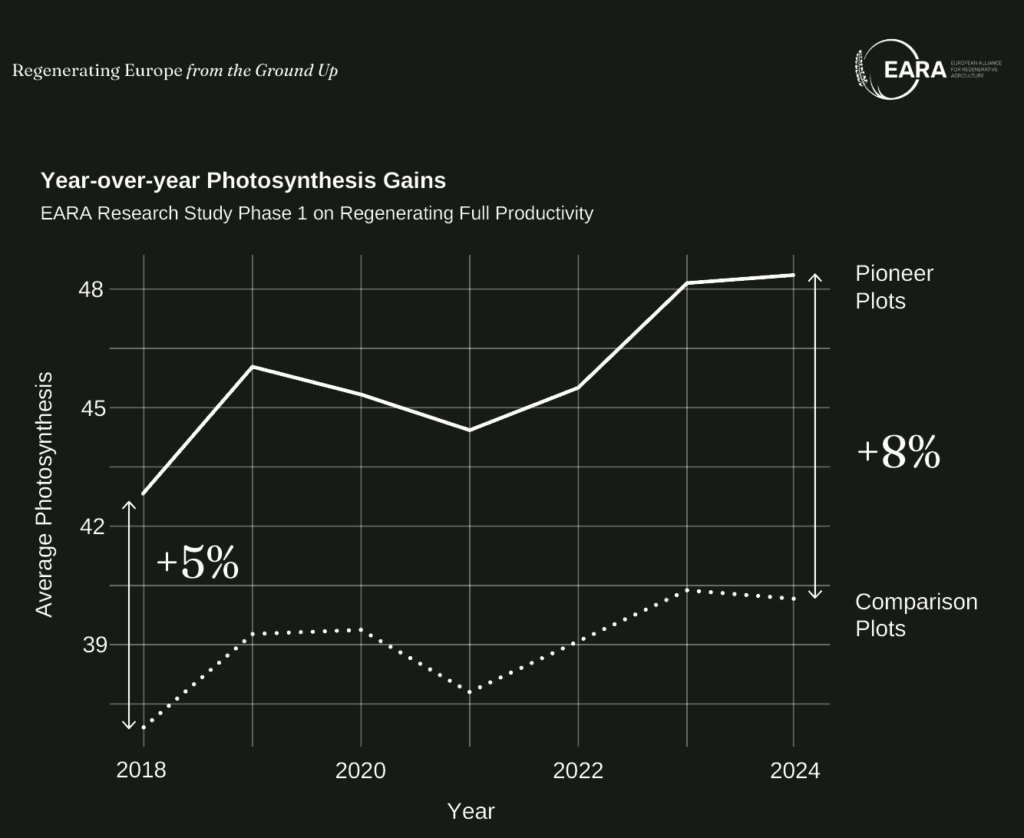
The authors calculate that a 50% adoption of regenerating forms of agriculture could more than offset current EU agricultural emissions. “If scaled EU-wide, the study estimates RFP-informed transitions could mitigate an estimated 513 Mt CO2e/year, over three times the current EU agriculture sector emissions.
“By transitioning, the sector would become nature-positive and climate resilient, ensuring food and fibre security while reversing ecological degradation and improving food quality and public health,” the authors claim.
Enhancing soil health, water retention and biodiversity reduces the frequency and severity of climate-induced shocks, such as droughts, floods and crop failures, they continue.
Evidence from across the farms using the collected remote sensing data found that fields on the regenerative farms were 0.3C cooler during summer months than surrounding conventional fields, for example.
EARA is positioning the use of the RFP metric, not just as a research tool, but as a practical performance system to support farmers, financiers, policy makers and supply chains.
For example, it could be used to support eligibility and targeting of agricultural subsidies and climate-related finance tools, helping align incentives with outcomes, it suggests.
The next phase of the RFP project will involve more farms from across Europe and add new measures for things like soil carbon, water use, and local economic value.
Digital tools are also in the works to help farmers track their own RFP scores, compare with others, and plan improvements over time. EARA plans to work more closely with co-ops, supply chains and funders—so that better performance can lead to better support.
Overall, a key aim is to make RFP something farmers can use to build stronger, more resilient businesses, as well as become a recognised tool in policy and regenerative investment.
How RFP index could drive change
| Sector | How RFP could drive change |
| Policy | Reward real outcomes in support payments |
| Finance | Tie loans / insurance to ecological performance |
| Supply chains | Enable traceable, regenerative sourcing |
| Farmers | Guide decisions and comparisons |
| Public / NGOs | Improve transparency and advocacy messaging |
| Governments | Track ecological performance and national goals |
